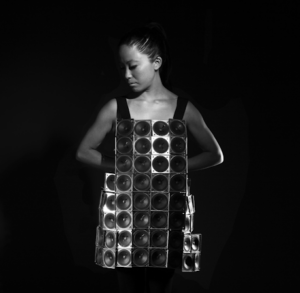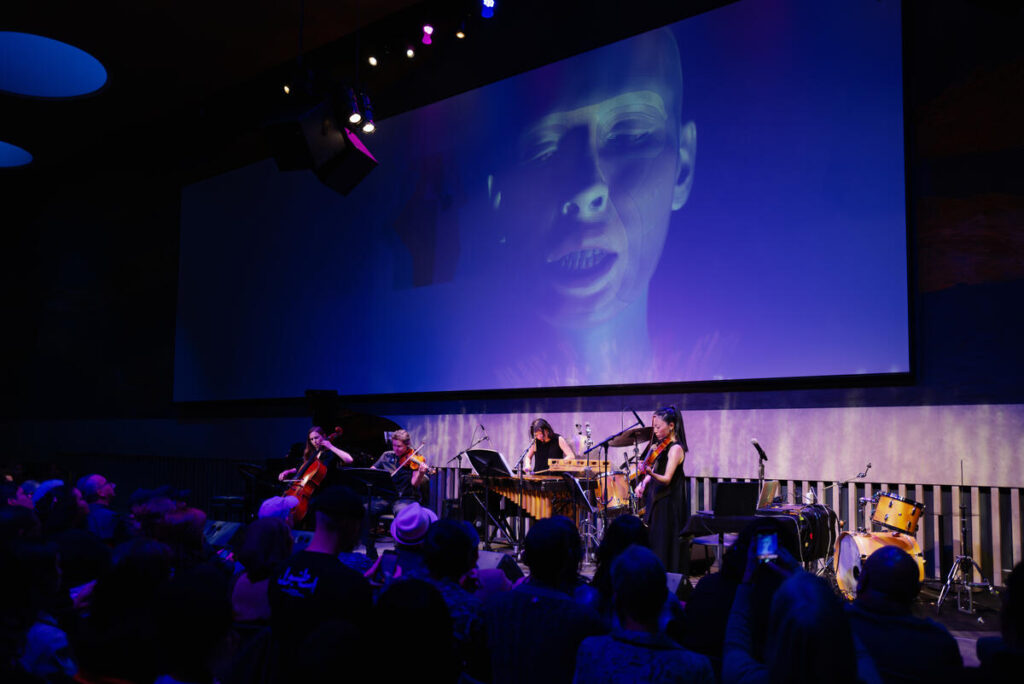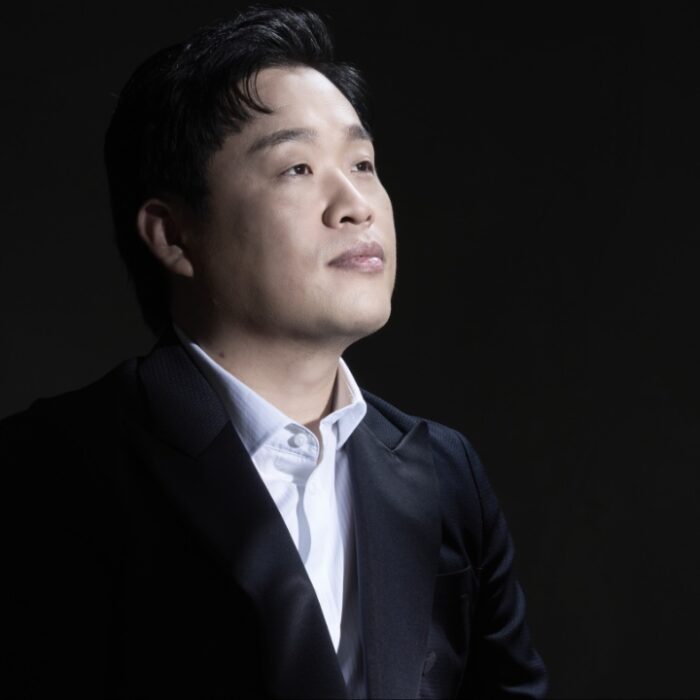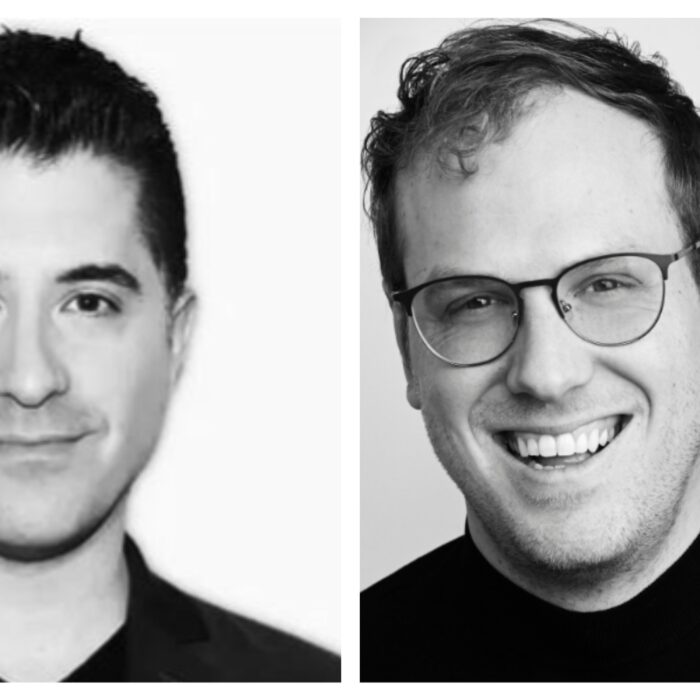
Q & A: Composer Pauchi Sasaki on Her Multi-Platform Opera ‘ARTEMIS’
By David SalazarOperaWire: How did your journey as an artist and creator begin?
Pauchi Sasaki: My journey as an artist and creator began with a lot of improvisation across styles and genres. Being surrounded by artists with very diverse cultural backgrounds and mediums naturally led me to start composing my own works.
Since university, I’ve created compositions for theater, film and dance. There was a serendipity to my environment that nurtured my ability to compose regularly, which I believe enabled this progression into composition as an expected consequence. As of now, one of the main characteristics in my work is the intersection of music with other disciplines. For example, “ARTEMIS” relies heavily on audiovisual content for which I’m collaborating with visual artists Juan Carlos Yanaura (KATOSHI), Vincent Moon, Nomi Sasaki, and Omar Lavalle.
OW: What inspired the creation of “ARTEMIS?”
PS: “ARTEMIS” is a multi-platform multi-year opera that interweaves disciplines as fashion, sound art, electronics, visual arts, coding, VR, music, and dance. “ARTEMIS” is inspired by NASA’s program Artemis, a space mission that will bring the first woman to the moon’s surface in 2025, 56 years after the first man moon landing.
In my opera, “ARTEMIS” represents the archetype of the promise of technological gender equality in the XXI century, as the first woman on the moon would be an act of empowerment, a symbolic validation of the spaces and disciplines in which women can thrive. In this spirit, this work explores the relationship and tensions between the female body, metal, technology, and power, all interwoven with expectations and possibilities of the future.
As for the moment, the female voices that give life to the project include singers Ariadne Greif, Dohee Lee, Estefanía Castillo and the Greek female choir Chores.
OW: The work is described as a multi-platform opera work that will be ready after the first woman lands on the moon. Can you elaborate on how you define a “multi-platform opera” and what your approach to its composition has been? What do you envision the final form of this work to be?
PS: This opera utilizes a versatile, multi-platform format for presentation across mediums including film, live performance, dance, sound sculpture and video. For instance, “ARTEMIS: Ouverture” was developed during the pandemic, and all the music was recorded remotely. The piece was premiered later in Italy in co-production with the ERT Emilia Romagna Teatro Fondazione. This section of the opera is basically an audiovisual work, but we were able to later perform live with a Cello and Violin, during the FUTUROS Festival at Lincoln Center in November, demonstrating the piece’s adaptability.
On the other hand, “ARTEMIS: Fountain” was developed as a live performance, and was commissioned by the Rolex Art Festival and premiered in Athens. The presentation took place at the Stavros Niarchos Foundation Cultural Center and featured the female choir Chores, and from that performance we made a film. The idea was to be able to compose an opera that is versatile enough to be presented in many formats and places. In that same spirit, during a Lincoln Center performance, we premiered Tattoo, a performance lead by a 3D metahuman of the soprano Ariadne Greif. The next iteration is “ARTEMIS: Aria,” a dance composition featuring my wearable sound sculpture Speaker Dress No.3, to be worn and choreographed by Londiwe Khoza. The opera aims for versatility across formats and places, composed in a spirit open to evolution. This multi-platform approach allows creative expression synthesizing sound, visuals, movement and technology.
OW: At this point, you have given a few performances of “ARTEMIS.” What has that experience been like and what have you learned from it as the work evolves?
PS: One of the most significant lessons has been understanding the power of words – you can’t be ambiguous, you must know where you stand. Words force you to take a position in the world. This has been a new territory for me. With words, you commit to a stance.
The pandemic urged us more flexibility around formats, migrating to new modes of sharing the work. I see this as a positive, as it keeps the music and composition evolving.
In addition, hybrid projects diversify audiences, especially with audiovisuals. My messages adapt accordingly, reshaping how I compose. Overall, working with text and across formats has taught me clarity and conviction in messaging, while expanding my creative avenues. I’ve learned you can’t straddle ambiguity with words – you must be forthright about your desires. This evolution has connected me to more diverse audiences. Remaining adaptable and embracing new mediums keeps the artistic process flowing.

Photo by Lawrence Sumulong
OW: Can you talk about your process of creation? Do you have a daily routine? Do you set specific goals when you sit to compose?
PS: I spend a lot of time manifesting the poetic imagery and abstract sensations I want to convey before writing a single note. The conceptual framework requires time for exploration before starting the composition process. Research and reflection are very important to me. Once I have clarity on the guiding visuals and messages, the creative part flows as a consequence, making it clearer what elements belong to that universe.
“ARTEMIS” has a feminine universe, drawing on concepts of creation, cocoons, seeds, transformation. The Overture libretto contains ancient moon chants – researching what historical works can contribute takes time. I follow current events and news, keeping connected to the zeitgeist and how the opera engages with reality. This is my first experience working with text, so I feel a responsibility regarding the direct messaging.
Overall, extensive conceptual exploration comes first, followed by targeted research to support the core images. I aim to create something meaningful to say right now. The process is iterative, taking cues from the world to shape the opera’s evolution.
OW: What is opera to you and what do you believe is in opera’s future as it develops as an art form in the 21st century and beyond?
PS: Opera for me is connection and collaboration and these dynamics have changed radically in the past few years. The pandemic has accelerated the process of hybrid realities and experiences. Kids express love more through their cellphones than with real hugs. We are perceiving the world in a very different way than our grandparents and art needs to find new ways, formats and spaces to reach and to move people. Emotions are finding new pathways and opera is also joining these new currents. Nowadays everything we experience is hybrid and I feel like there is no turning around on this road.
In this context, I believe opera needs to embrace new formats, spaces and techniques to meaningfully reach contemporary audiences while retaining its essence. Emotions now flow through new channels, and opera must tap into these currents without losing its ability to profoundly move people. But technology alone is not the answer. Innovation in musical styles, instruments and subject matter can all make opera resonate more deeply. Opera’s future rests in elevating and expanding shared experiences that unite us across boundaries and generations.
OW: Do you have plans for other operas?
PS: “ARTEMIS” is conceived as a seven-year process, a time length that allows me to dig deeply into the concepts and explore how to best transmit these ideas. I’m immersed in this universe now. More than working on another opera, I’m developing another installment of “ARTEMIS.” Its inspiration comes from “ENTYO Hermanas del bosque,” a documentary I co-directed portraying indigenous female leaders preserving ancestral knowledge – including medicinal plants, artistic expressions, and belief systems – in the Amazon rainforest.
Both “ENTYO” and “ARTEMIS” underscore women as stewards of this knowledge, working to discover, conserve, and transmit these myriad forms of wisdom from the past to the present and future. This approach celebrates how women access and share knowledge across time, even as they surface struggles around protecting and evolving what has come before. During ENTYO’s recording, we gathered chants that represent ancestral knowledge passed across generations. In that sense, women, knowledge and its presence in time are topics I would like to further explore in my next opera installment.
OW: Finally, when it’s finished, what do you hope audiences take away from their experiences with “ARTEMIS?”
PS: Through experiencing this multi-platform opera, I hope to spark new perspectives and thoughts within the audience. While each installment celebrates the milestone in women’s history of the first woman on the moon, I also aim to create a space of reflection. In this project I want to imagine a world not ruled by conquest and power, but by love, fertility, beauty and a strong sense of community. I feel each section seeks to express the possibility of manifesting realities from alternative mindsets and horizontal viewpoints.
My wish is that the opera opens up new possibilities for creation rooted in compassion and humanity’s shared future. Words are powerful and opera opens the door for musicians to deliver a message to the audience. I hope the audience leaves with a renewed spirit of what we can build together when people are not constrained by old paradigms of domination and control. By connecting through the universal languages of arts and technology, I believe we can transcend limits on imagination and embark on unknown futures guided by empathy. ;]


